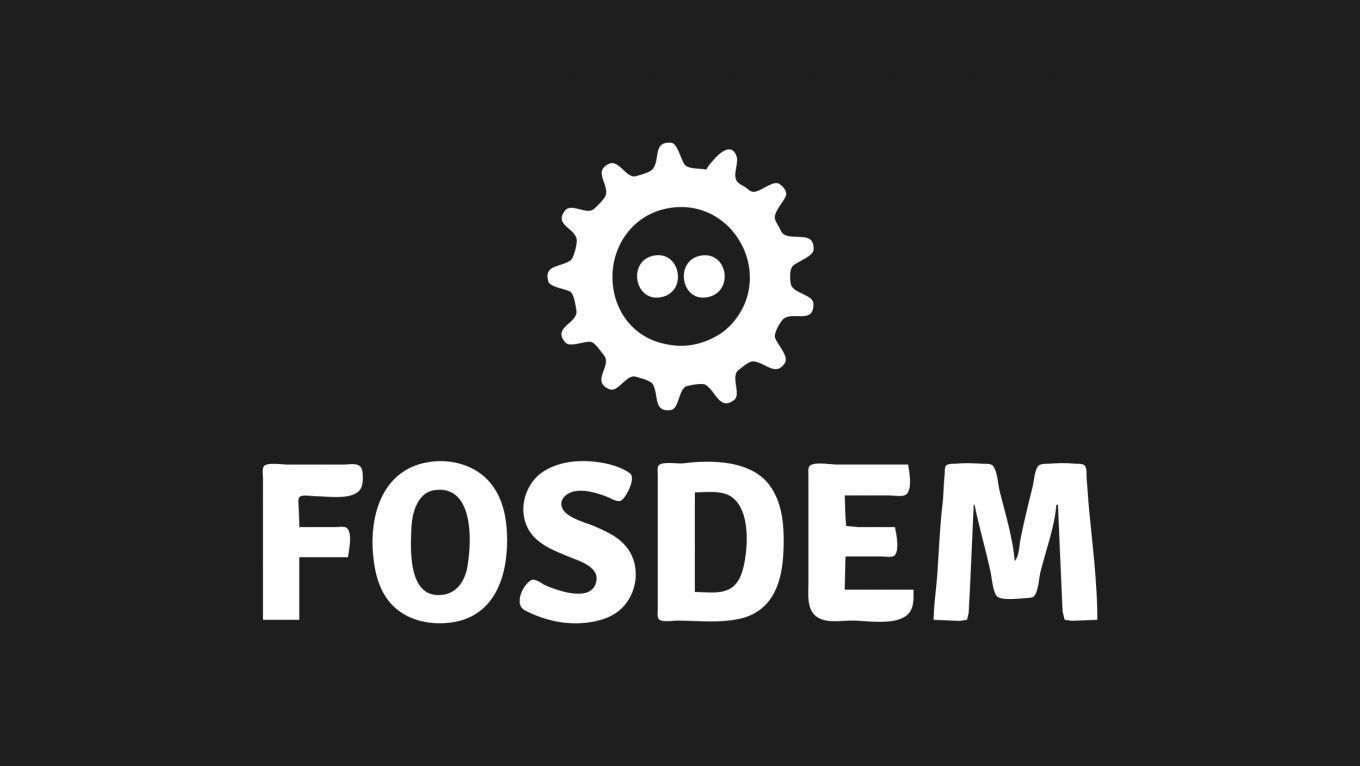Continuous Integration and Continuous Deployment
Collecting and visualizing Continuous Delivery Indicators
In a Kubernetes-based CI/CD platform, using Jenkins X, Lighthouse, Tekton, PostgreSQL and Grafana
CD platforms are a critical part of the development process, and without it, nothing would go to production. How can we really know what is happening inside, and measure indicators that we can track and improve to ensure a smooth continuous delivery experience?
Based on our experience at Dailymotion, we'll see why Continuous Delivery Indicators are important, how to define them, and then how to collect and visualize them. We'll share which stability and throughput indicators we are tracking, and why. We'll see how we implemented the collection and visualization of these indicators using open-source tools such as Golang, PostgreSQL, and Grafana. We'll highlight the importance of Kubernetes-based CD components, such as Jenkins X, Lighthouse, and Tekton, which heavily rely on Kubernetes CRD and thus provide events for everything happening. We'll also highlight the importance of Gitops-based workflows, where every operation goes through a VCS such as Git, and thus produce more events. This in turn makes it easy to get notifications for all actions, making our indicators collection process a simple one.
Additional information
| Type | devroom |
|---|
More sessions
| 2/7/21 |
Introduction of the CI/CD devroom
|
| 2/7/21 |
The emergence of virtualization, containers, and cloud native has resulted in tremendous advances in enabling organizations to develop new services and make them available to end users. In addition, new paradigms such as Continuous Integration (CI) and Continuous Delivery (CD) allow organisations to do this much faster than before, empowering them to go to market ahead of the competition. Despite its many advantages, the CI/CD ecosystem has its challenges. This session will discuss issues ...
|
| 2/7/21 |
Three phrases keep popping up when talking about modern workflows and development and deployment techniques; CD, GitOps, and progressive delivery.
|
| 2/7/21 |
Continuous integration and deployment (CI/CD) system are hardly ever ceaseless as the name would suggest; they do aim though to follow changes in code, configurations and versions. They often achieve that by both handling and generating events. For instance, a CD system receives an event that describes a new version of an application, and it runs a workflow in response. When the workflow starts or when it reaches completion, the CD system generates events for the benefit of other processes that ...
|
| 2/7/21 |
Recently, the MariaDB Foundation has been developing a new continuous integration framework for the MariaDB Server. The goal of buildbot.mariadb.org is to ensure that each change is properly tested on all supported platforms and operating systems. Our new CI uses almost exclusively latent workers, more exactly Docker latent workers. In this talk, I will present a main overview of the CI infrastructure, the advantages of using latent workers and talk about the challenges that we encountered along ...
|
| 2/7/21 |
When Everything as Code converges to automate/test your processes, in this talk we would like to discuss further our journey and our vision to handle our automation programmatically.
|
| 2/7/21 |
Kubernetes, GitOps, and Infrastructure as Code are as powerful as they are popular and seem like the perfect match. Consequently, using Terraform to maintain Kubernetes clusters and resources is a very common use-case. And it requires careful integration of many moving parts, from Terraform providers and modules, to CI/CD pipelines and triggers. However, despite this being such a popular use-case, teams previously had no alternative than writing everything from scratch. On the software ...
|

